“The next race will commence in two minutes.” An invisible male speaker crackles into life on an outside tannoy, announcing the ninth race of the evening. I’m at the Wednesday evening greyhound meet at Perry Barr stadium, about to watch a 480-metre, once-around-the-track breakneck sprint on wet sand.
On a sunset-daubed concrete viewing concourse, scattered groups of punters turn their necks towards where the action will take place. Kids mimic race dogs as they run around their parents. A throng of teenagers in boxy formalwear are trussed up to appear like older adults. Standalone middle-aged customers have the earnest stares of serious regulars.
As the loudspeaker bulletin cuts out, lithe canine competitors are led on a short walk from kennels to track. Swift American. Lightfoot Celia. Wingates Ebony. Brickley Chief. Mister Baileys. Their trainers, wearing clothes suitable for a world of animal muck, quickly settle them into metal starting boxes. No horse world pomp here. Shortly, the mid-pitch whir of a pulley system will start up, whipping an inverted orange windsock around the track’s edge. The hounds will arrow after it; 20 little paws combining in a satisfying tremolo of “thwock” sounds on the sandy track as they race. Able to hit speeds of 40mph, the dogs will finish within 30 seconds — 27 seconds, or thereabouts, is the track record. “It’s a short, sharp, adrenaline-style hit,” says Chris Black, general manager at the stadium.
Unsurprisingly, Chelmsley-born Chris is mad for greyhounds. Chris started working in the industry a few miles away in Birmingham’s Hall Green stadium after college, grafting his way from waiter to top manager over 15 years. He oversaw the last race at the 90-year-old track in 2017. Then, housing developers moved in as crowds declined. Fate can work in a circular motion, especially so in the increasingly small world of greyhound racing. Next month, Chris will also witness the last race at the Perry Barr track before the sport moves to Wolverhampton and housing developers move in here, too.
For now, it will be the last ever greyhound race in the second city. The speedway team (motorcycle riders who compete with no brakes) with whom they groundshare will cease to exist at all, despite world-class competitors and wall plaque-worthy history. “A sad day, especially for speedway,” Chris says.
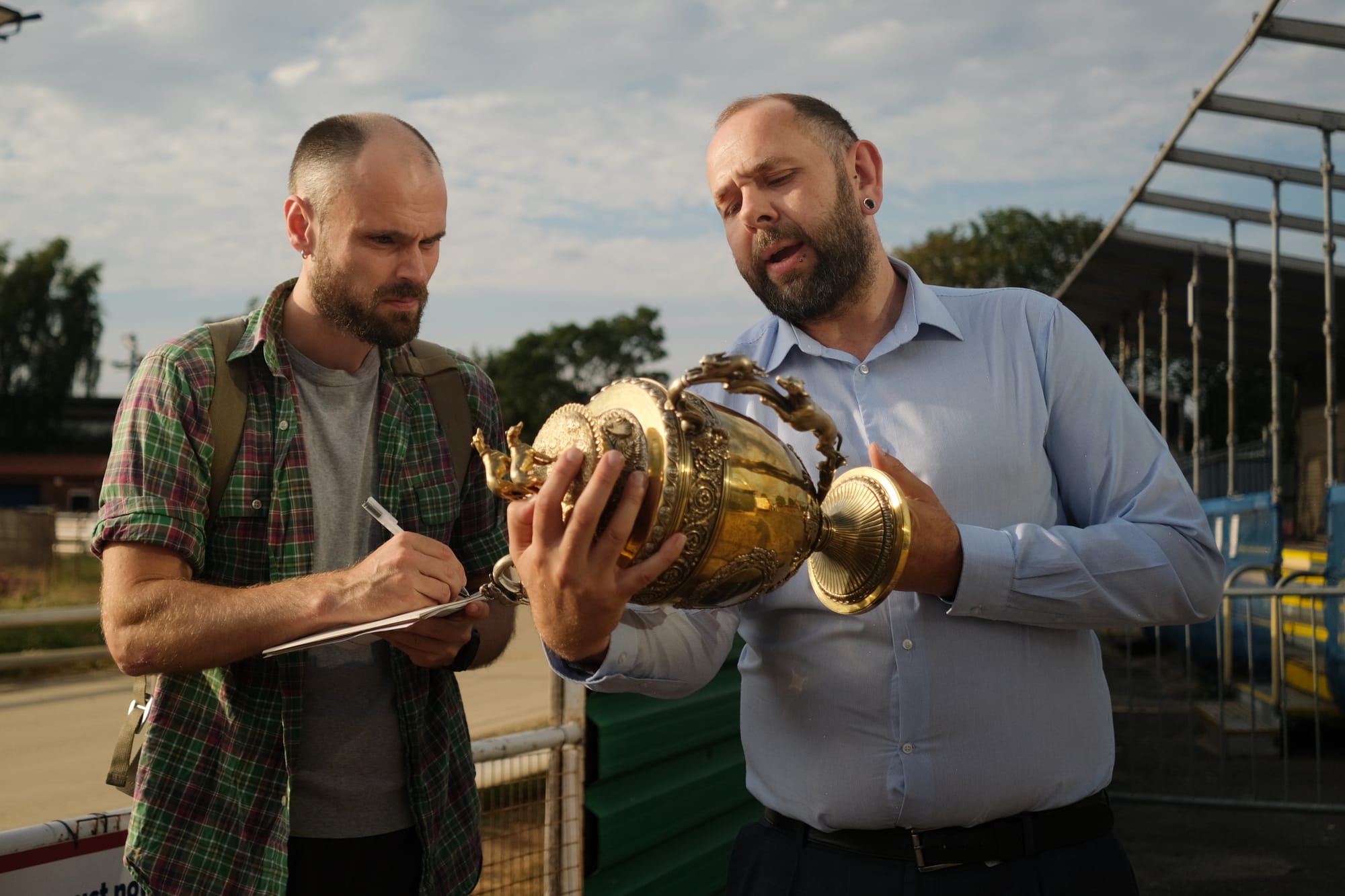
Hopes exist that the move to the state-of-the-art, 25,000 capacity Dunstall Park horse-racing course this autumn will boost an ailing pastime. Better care for dogs, modern facilities. There are push factors, too. Though the greyhounds have had a home in Perry Barr since 1928 — at the old stadium on Walsall Rd and then here since the 1990s — modern apartment blocks now loom over the stadium, their sleek facades contrasting with the main buildings’ corrugated iron finish. Perry Barr is up for regeneration. And with speedway crowds being inconsistent and greyhound racing long suffering from dwindling attendance — more recently driven by the rise of digital and betting shop entertainment, Covid-19, and, nationally, vocal welfare concerns — something had to give. “Hopefully, the move reinvigorates this sport,” says Chris.
Despite free entry and good weather, the 1,250-capacity stadium is hardly full when I visit. In the main building, the third-floor VIP boxes aren’t open, a 350-seat restaurant sits empty, and the ground-floor bar has only a smattering of drinkers. Across the A34, a Wetherspoon pub, The Arthur Robertson, named after the Olympic gold-winning Birchfield Harrier who trained locally, is much busier. This is a far cry from the post-WW2 greyhound racing boom, when the sport reached peak popularity, or the 1920s when greyhound racing was initially on the rise in Birmingham.
Chris openly admits the track has had to work hard to get people back after the pandemic. He’s rolled out free entry on a Wednesday, changed meet times, redesigned hospitality areas, and the stadium is more family-focused. People can now simply turn up for free on some nights and watch, with the minimum bet being £2.
Chris knows where his competition lies: it's in betting shops, where gamblers can sit for hours, or at home, where people can watch Netflix, or Sky Sports racing. Richard, the sole bookie on the evening, once again cites the pandemic as a crunch point. “We used to have three bookies swamped outside,” he says, gesturing to the mostly empty bar area. “People have less cash these days.”
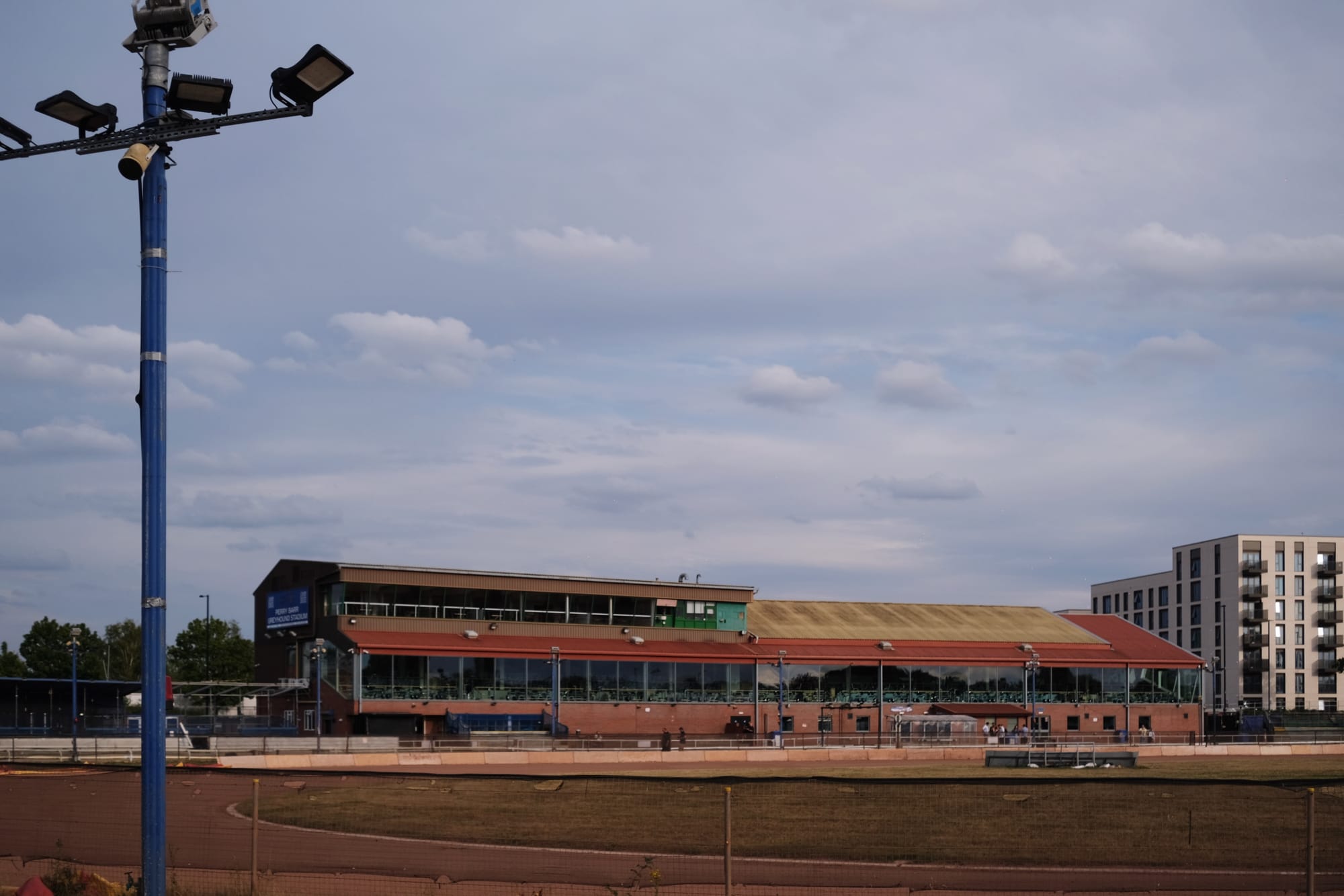
But there are still good times to be had, says Chris. Entry fees for the bigger occasions haven't shifted much since the early 1990s: between £3 and £7. It’s hard to find fault with this inflation-beating cost. This, he says, contributes to a bigger crowd drawn from across the country at premier meets such as the Birmingham Cup or the Gold Cup. “We can get 500 or 600 on those days…especially for the classic competitions and derbies,” he adds. With posters of glorious past meets and winners’ boards on the walls, it does sound, for those who enjoy the sport, like a good day out: an excuse to drink beer and cheer home winners like Droopys Carat, IvanExile or Brookside Richie.
Ties run deep here. Wherever I walk with Chris, from the service corridors to the speedway pits or kennels, there’s a joke or kind word to be had with regulars and staff. “Whatever anyone says, we pull as a team, even when we’re up against,” he says. The bar space, too, clearly acts as a vanishingly rare working-class third space. There are a few groups of blokes, mostly, catching up and talking shop. “They didn’t want to win,” jokes one such punter to his mates. “It [the dog] put the brakes on, them dogs are costly.”
Welcome to The Dispatch. We're Birmingham's new quality newspaper, delivered via email. Join our free mailing list to get two full editions a week: a Monday briefing, full of things to do and bitesize news, straight from Brum's streets, and a weekend feature, taking you deep inside your city and the West Midlands.
To get total access to all four of our weekly editions, you can join up as a paying member. We'd love that. But we understand you might want to try before you buy, so click below to sign up for totally free and start getting our special brand of local journalism straight to your inbox today.
Trainers celebrate birthdays here, says Chris and the stadium is still the location for special occasions, like as work dos. Races can be named after visiting parties — The Dispatch Christmas On-The-Company-Card Party race, for instance — and kids are encouraged to give out prizes. John, a long-time trainer and dog owner, simply loves coming here. “It’s just a great time even if you don’t bet,” he tells me.
Chris is keen to tell me that this sense of community extends to the dogs, including his own greyhound racing retiree, who snoozes under his desk as we speak. But greyhound racing doesn’t have a great reputation; earlier this year, Wales announced plans to ban the sport, under pressure from animal rights groups and government members. The RSPCA, among other animal charities, says the discipline comes with inherent risks. Data from the Greyhound Board of Great Britain found that 346 greyhounds died in the industry last year, and that there were more than 3,000 injuries. Chris is quick to outline how the stadium funds dog retirement and rehousing charities (he noticeably does not mention the casualties). “We work hard to give them a forever home,” he says. And I’m told the new track will have “kinder bends” and an on-site theatre for surgery, which is critical for better health outcomes.
There’s a lot riding on the Dunstall Park move. And one might look to history to see how a change of scenery can provide longer-term security. The Perry Barr Stadium was originally called the Alexander Stadium, purpose-built in 1926 for the Birchfield Harriers athletics team.
It was at one stage described as “the best track ever”. Dianne Leather became the first woman to run a five-minute mile here and one can imagine the blood, sweat and tears Audrey Brown put into the Perry Barr track as she trained for the infamous 1936 Berlin Olympics, becoming part of the 4x100m relay team that won silver ahead of the more fancied Germans, in front of a furious Adolf Hitler. “Hitler got up and walked out,” says Stuart Paul, the archivist at Birchfield Harriers. The track even became part of World War II efforts, housing internees and ammunition.
But times changed. Ahead of the 1968 Olympics, running tracks moved to a Tartan base (all-weather synthetic track surface), while Perry Barr remained cinders-based. Modernisation was needed. And despite the success of its prior floodlit athletics meets, and the fact it was still producing stars, Birchfield had serious money worries. Desperate for a new home, they sold up and moved a stone’s throw north to the council-owned Alexander Stadium on a long-term lease. Eventually, the Birchfield Harriers' stag logo on the frontage became a greyhound as a new sport moved in.
Again, circularity. The need to modernise and monetise. Chris might look to the Birchfield Harriers' move as a blueprint for survival success. Indeed, the newer Alexander stadium still hosts important athletics meets, not least the Commonwealth Games. The night before watching greyhounds, I’m invited to watch well-attended sports training up the road in plush surroundings. We all have to move with the times, after all. Stag to greyhound; greyhound to apartment block.
And the city does sorely need more housing. Stuck between the busy A34 and the new Commonwealth Games’ athletes' village housing project, the greyhound and speedway track could easily be viewed as out of place and out of time. But the brute utilitarian logic behind shunting aside two historic sports, so clearly beloved by a steadfast rump of fans, makes sense only if what comes next works. The plush apartments next to what, for another month at least, is the speedway and greyhound home currently stands empty, the result of a mismanaged investment.
Hardly, as they say in greyhound world lingo, forever homes.


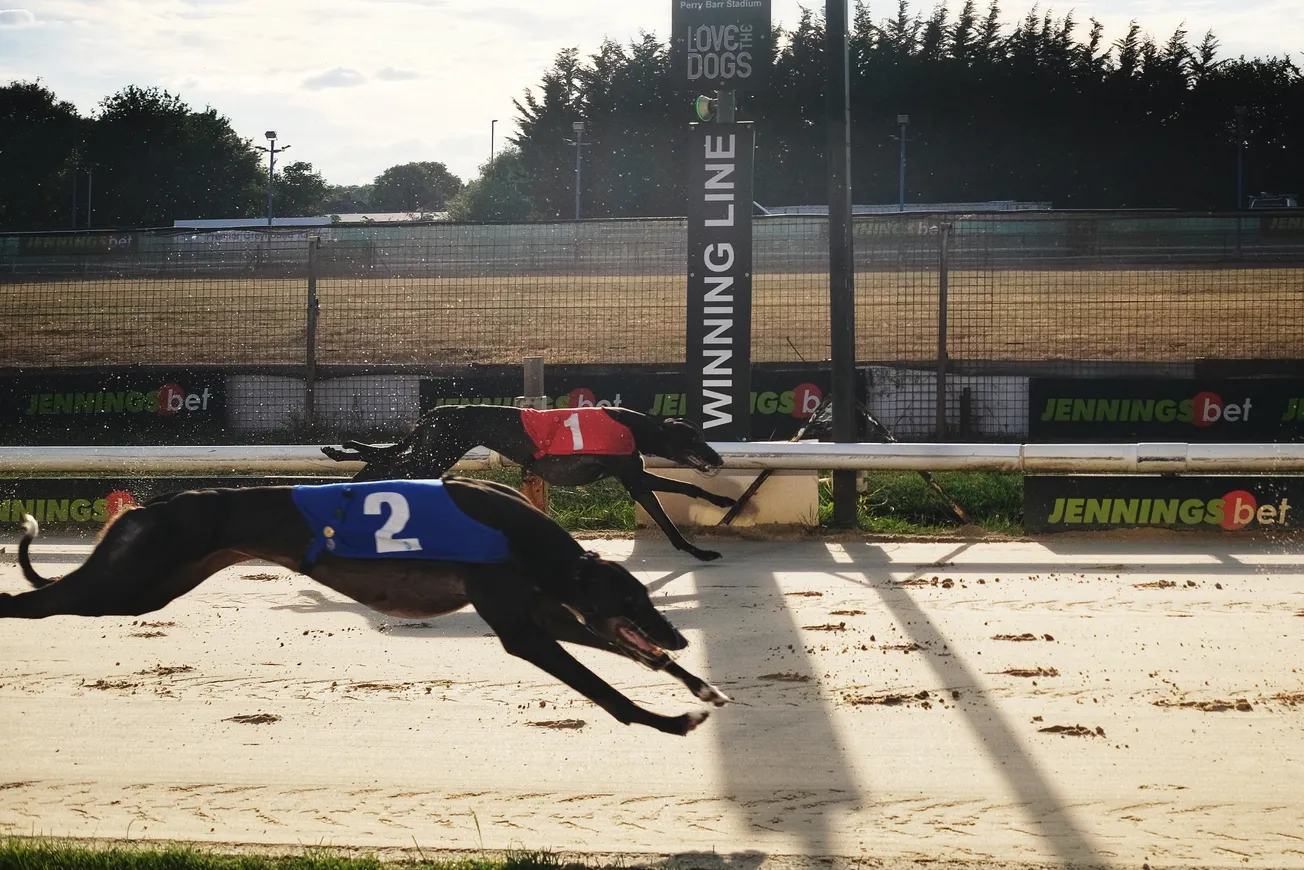
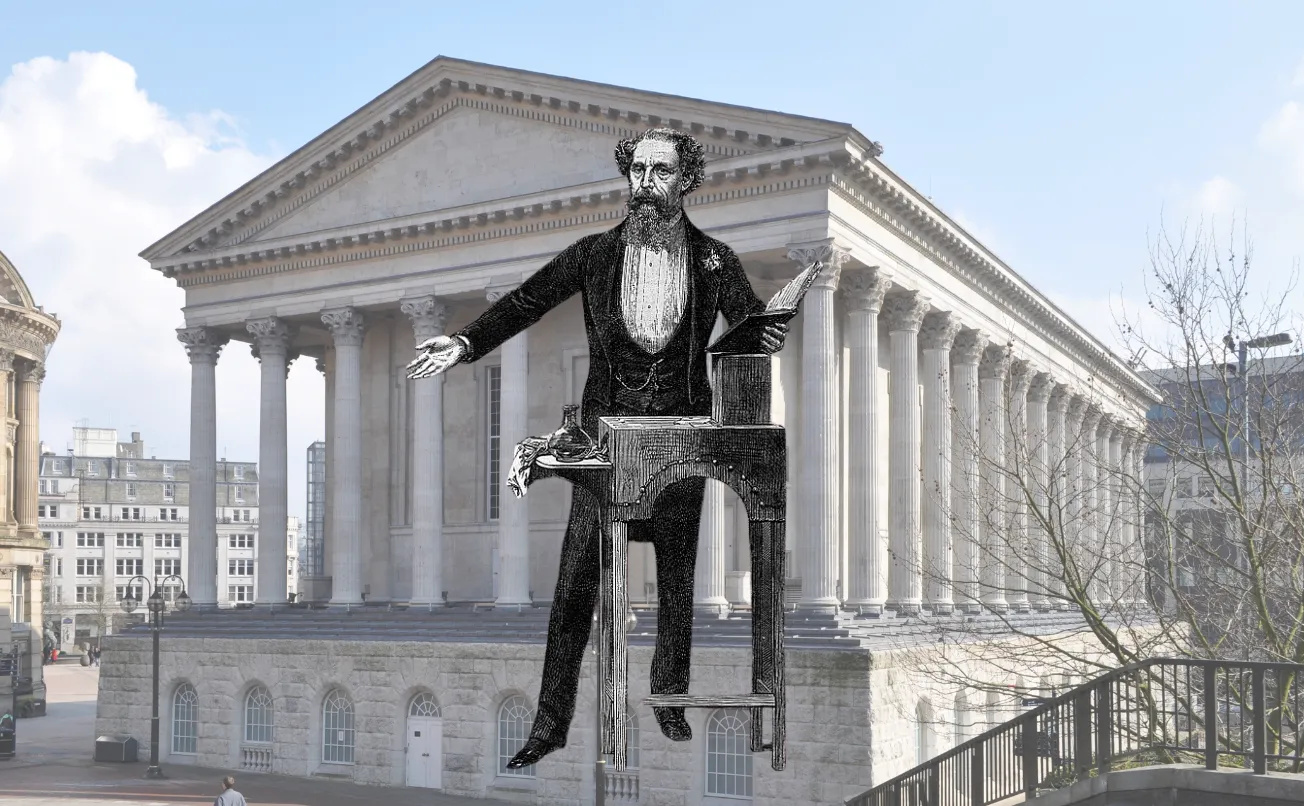

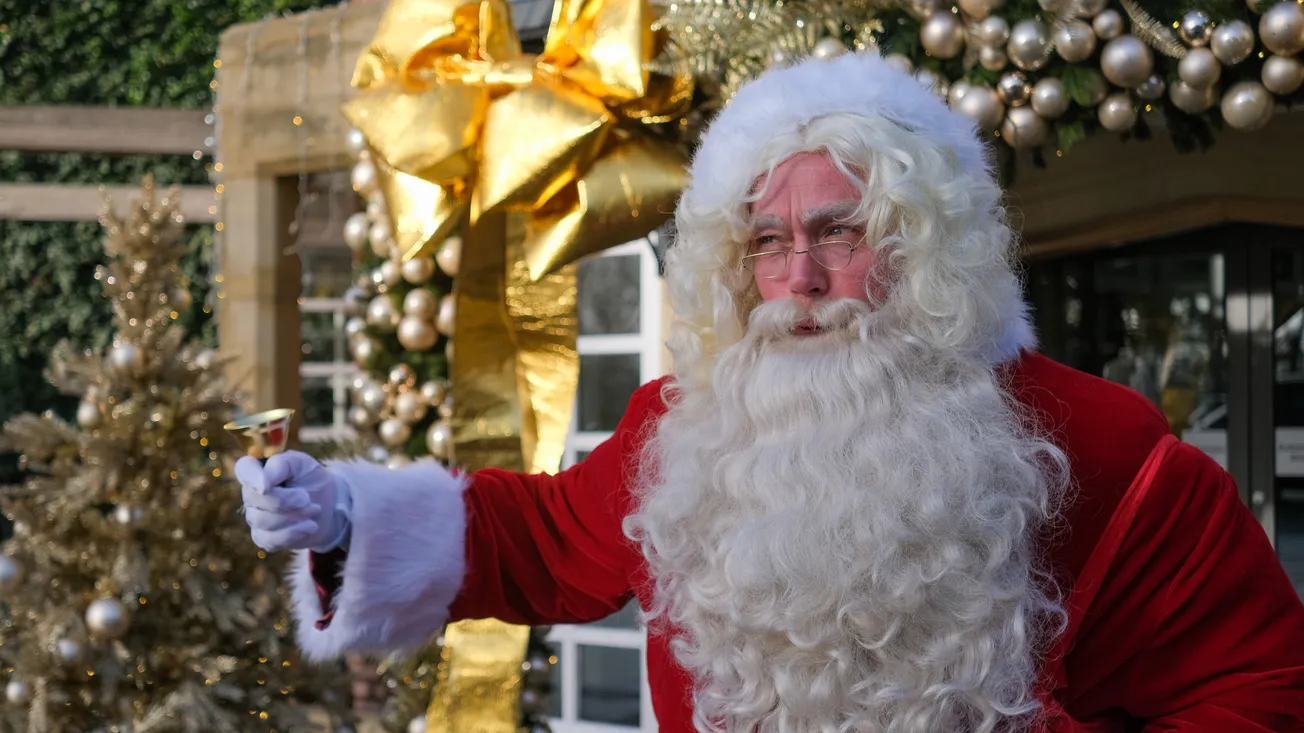
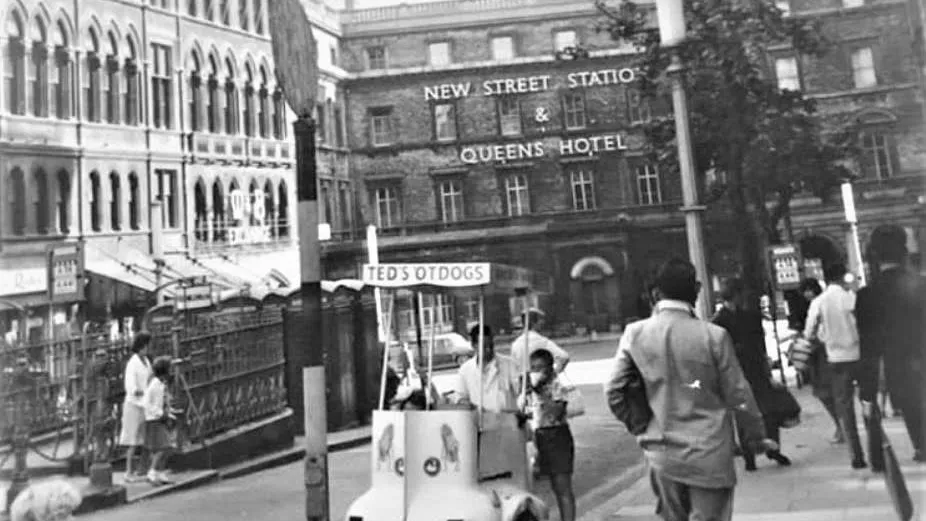

Comments